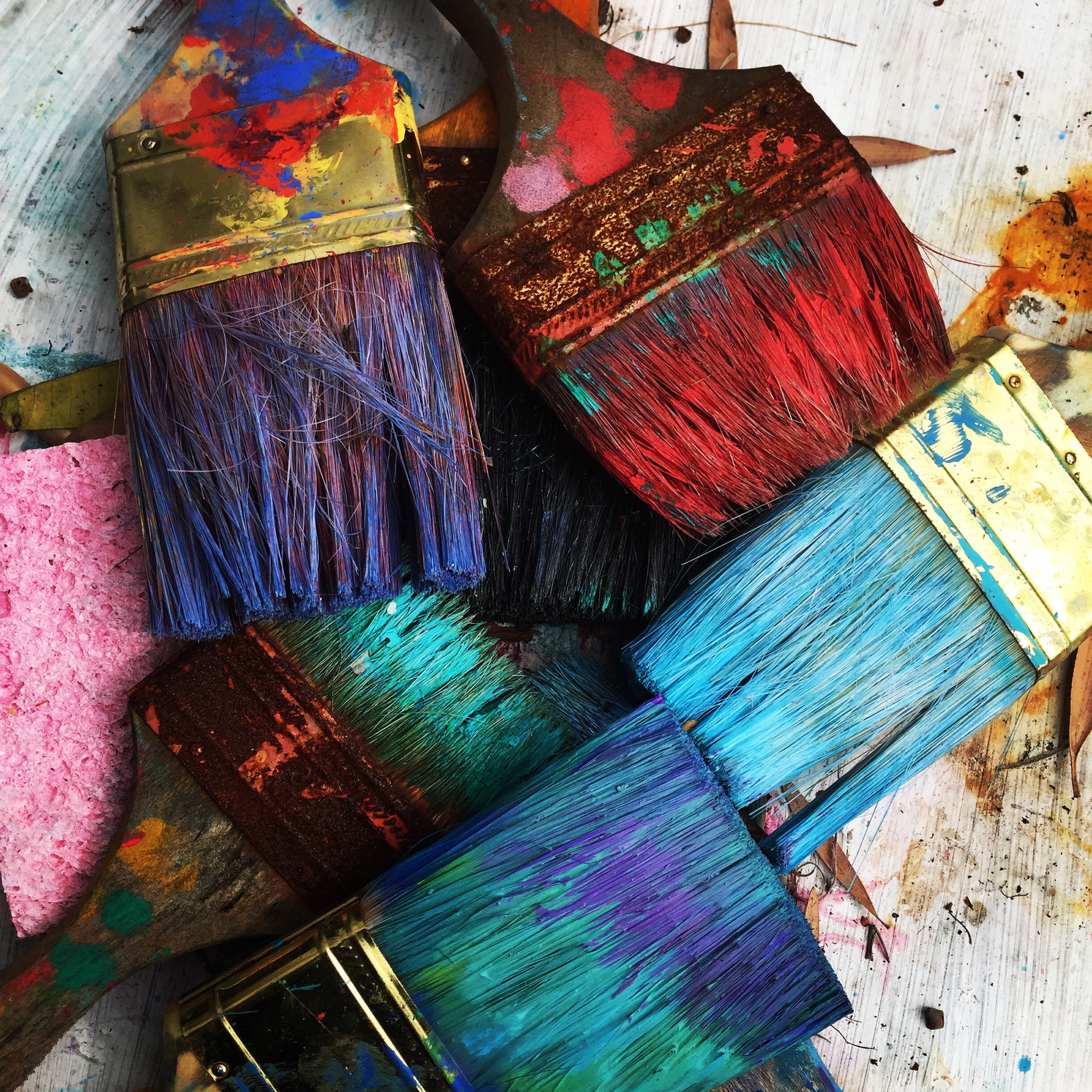
Preschools have a single, all-important mission: getting kids ready to learn. Students should emerge knowing their letters, numbers, and shapes, as well as a certain level of emotional awareness.
A new study identifies a uniquely effective way to impart this foundational knowledge: immersion in the arts.
It reports low-income children who attended a Head Start program experienced a more robust rise in readiness if their program included daily music, dance, and visual arts classes.
The results “support the broad educational value of the arts,” writes a research team led by psychologist Eleanor Brown of West Chester University. “Our findings indicate that the arts may hold value not only for art’s sake, but also for advancing children’s overall school readiness.”
The study, published in the journal Early Childhood Research Quarterly, featured 265 children between the ages of three and five in the Philadelphia area. All were from poor or low-income families. One hundred and ninety-seven of them participated in the Kaleidoscope Preschool Arts Enrichment Program, run by the Settlement Music School. The rest attended another fully accredited, well-regarded Head Start program.
Children at both sites engaged in some arts-based activities as part of their homeroom classes. But in addition, those in Settlement’s preschool attended a dozen 45-minute-long arts classes each week. “They were taught in fully equipped artist studios by credentialed artist-teachers for music, dance, and the visual arts,” the researchers report.
School readiness was evaluated at both the beginning and end of the preschool year (in September and again in June) using the Bracken Basic Concepts Scale. That widely used test measures kids’ “knowledge of core concepts,” including emotional states.
Children were presented with pictures and given such instruction as “Show me which child is close to the ball,” “Show me which tree has many apples,” and “Show me which child is happy.” Researchers compared their answers from the beginning of the school year with those from the end.
The results: “Children at the arts-integrated preschool showed greater growth than their counterparts on a composite indicator of school readiness, as well as in two specific concept areas.” Those were texture/material, which presumably reflects their experience working with visual-art materials, and self/social awareness.
That latter finding “is consistent with a growing body of evidence that arts programming enhances children’s social and emotional development,” the researchers write. One reason for this may be that children in the Settlement program were not only introduced to the concept of self-expression; they were encouraged to convey emotions through painting or collage, or via “creative movement” in dance classes.
Altogether, the results suggest the arts could be used “to close gaps in academic and social-emotional school readiness” between students from poor and better-off families. Of course, underprivileged kids are relatively unlikely to have access to arts education, and Brown and her colleagues concede the Settlement model will be difficult to duplicate.
“Yet there may be other models that deliver similar benefits,” they add, pointing to artist-in-residence programs and Settlement’s teacher training institute.
“Arts instruction has sometimes been regarded as a distraction from the science, technology, engineering and math disciplines known as STEM,” the researchers write. These results “argue against pitting the arts against the sciences and mathematics, and align with arguments that the arts not only enhance the development of the whole child, but in fact can be used to teach STEM content.”
Leonardo da Vinci would surely agree.




